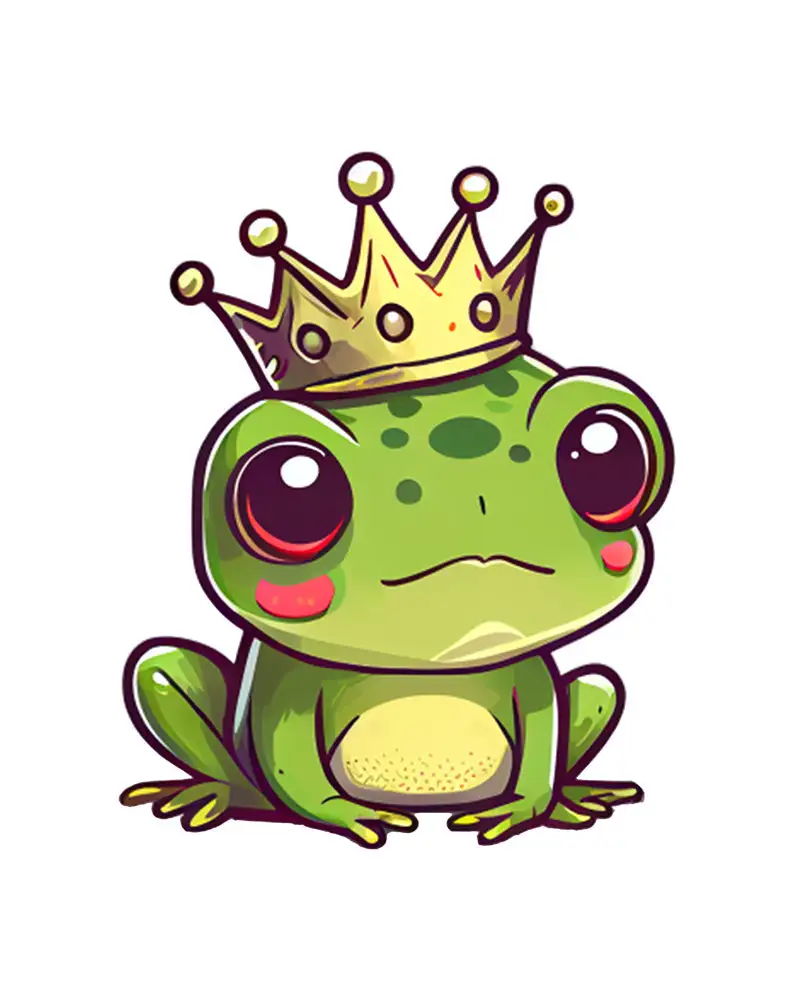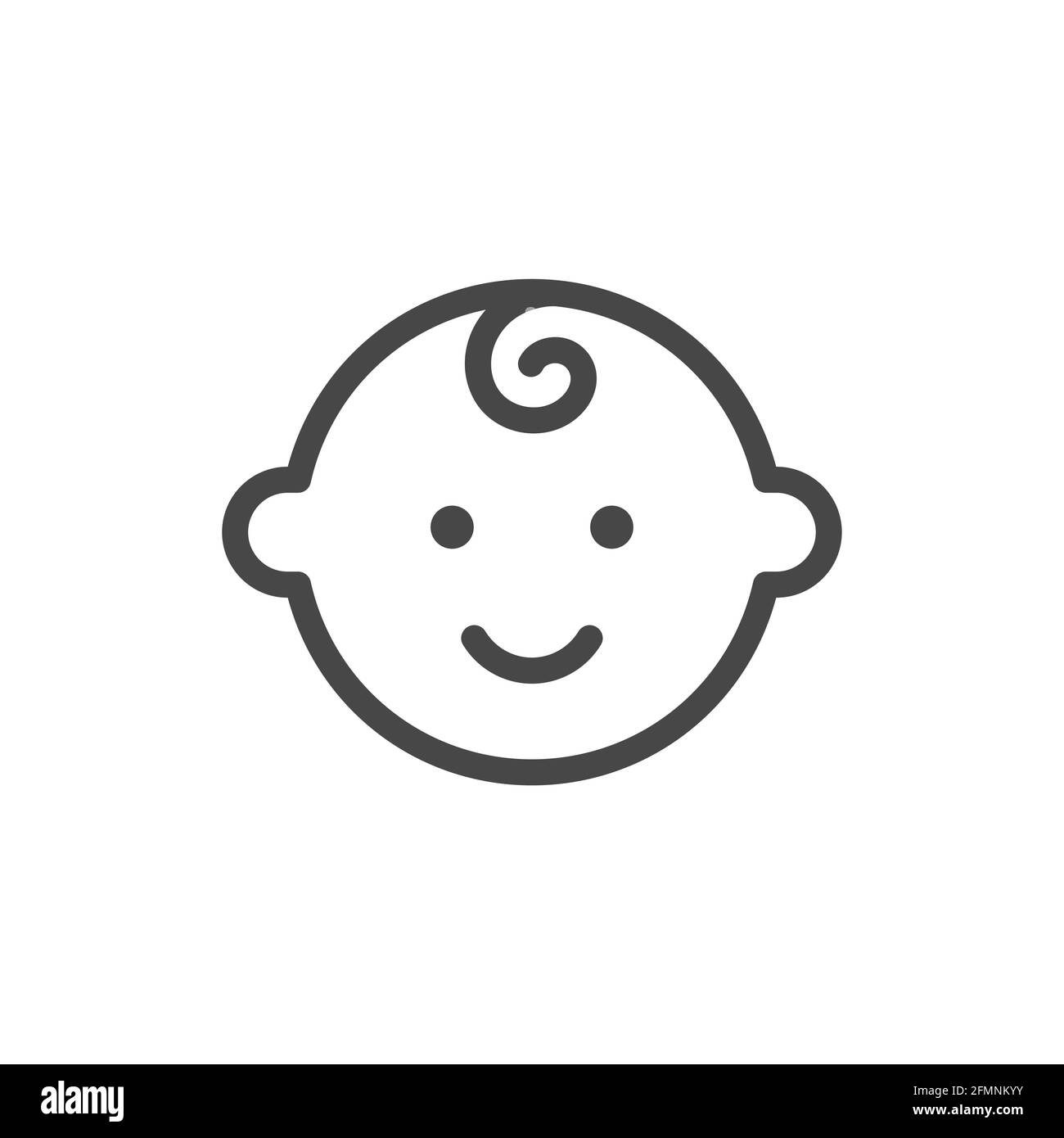Hey all,
I’m looking for some advice on some age appropriate punishments for my four year old when they hit/push/scratch. My older, 8 yearold is easier to pick punishments for, because we can limit or restrict certain things they like to do, but because my four year old is still in a go with the flow phase, it is a bit harder. What ideas do you have?
I have not found punishments to work with my 3.5 year old. She doesn’t connect her actions with consequences, especially if they are delayed like “if you don’t brush your teeth there’s no book before bed.” We don’t hit our kids and you shouldn’t either, so the only immediate consequences are removal like “if you don’t stop hitting your brother with that ball peen hammer I will take it and put it away.”
Instead what I’ve found useful for my kid is telling, not asking. For instance bed times have been a serious struggle for weeks with her. My wife negotiated and discusses - explaining ourselves, that it’s time for bed, and why, has worked before. But not now. Instead we have a firm routine - bath, brush teeth, one book, one song, kiss on the head, love you, goodnight. Then I spend the next 5-40 minutes standing outside her door. When she comes out or gets up, I don’t argue or engage. “It’s bed time sweetie, goodnight I love you” forehead kiss, bed.
Night one she’s kicking and screaming for 45 minutes. Night 2 was 20, last night was 5. It’s not neglect or ignoring her, just being very clear and direct. It’s bed time. Goodnight. “I wanna ask momma a queeeeeeestiooooooooon” it’s bed time. Goodnight.
“It’s NOT bed time!” Same answer
So far so good, but routine has worked better than punishment IME
Specifically for hitting and hurting we’ve found redirection works. With my older son, when he was about that age, we would tell him “when we feel like hitting, we hug instead.” That helped to give him a physical action and redirect his emotions. With our daughter, again, we’ve just been very firm. “We NEVER touch other people like that.” And we disengage. Escalation makes it worse and again, punishment doesn’t really help. So we try to teach them the rules “we NEVER touch people like that” and the correct behavior “and when we do, we need to tell them we are sorry.”
This is great advice. When you want a behavior to decrease, if you don’t offer a replacement behavior, you’re likely doomed to failure. In this case, replacing hitting with hugging is a great idea. Also, punishing undesirable behavior just doesn’t work as well as rewarding desirable behavior.
Using a token economy system, you can link earning five stars with a highly preferred reward, for example, but you need to figure out what motivates your child (Food/sweets? Access to an activity like TV or a game?) Tell them they’ll earn this reward every day when they earn 5 stars, and they earn a star by not hitting, and lose a star when they hit.
The first time through, lay the stars on thick and quick. Make a big deal of earning each star, "great job!! You didn’t hit and you earned a star! And show them while you write it down. Give them the reward immediately after earning five stars. If they’re reliably earning their stars, space the stars out over time so that it takes more time to earn them.
If they hit, calmly and dispassionately tell them they lost a star and show them you scratching it off, then completely withdraw your attention. It’s very important not to continue to accidentally reinforce hitting behavior with attention. If your child is getting a big reaction from someone when they hit, even if it’s a negative reaction, it’s very likely perpetuating the behavior.
I have friends who swear by token systems (stars, tickets, etc.) never been a huge fan myself, the kids start to respond to the incentive more than the behavior. But your mileage may vary.
Hitting is hard. It’s very developmentally appropriate but emotionally charged. I do not mind being hit, but my wife absolutely cannot take being hit by our kids (understandably!). Sometimes she has to remove herself from the situation because her response is (again, understandably) emotional. I find that my kids need to be told what the right behavior is in that moment - to them hitting isn’t necessarily as weighty or impactful as it is to an adult. It’s just a way the feel to express their emotions, and I see it as my job to teach them other, better ways instead
Behaviourism (reward/punish to influence behaviour) was revolutionary 100 years ago, it’s pretty outdated by today’s educational paedagogy.
You might get a few short term “wins”, but all you’re doing long term is teaching them to focus on the reward. They’re not learning an intrinsic value to the actions, and as such will be less likely to follow through once you’re not in the picture to punish/reward (e.g. at school, as teenagers doing teenager things, etc)
Source? And what’s your alternative to reduce hitting behavior in this case? Reminder we’re talking about a 3 year old
Any punishment should be a natural consequence where possible. So fighting over a toy, the toy is removed. Removing from the situation for a time out, or time in, explaining that its not acceotabke behaviour is good too.
Removing something they value temporarily also works. A favorite teddy, a toy. They dont need to be actively engaged with it at the time. It just goes to the time out zone.
We have a naughty seat. Its the same as the snack seat. So when a time out is needed, its always the same spot. They can inky leave when their time out has passed and they recite a challenge. This is age appropriate. For a 3.5 year old, that could be counting to 10. For a 4 year old, counting backwards. A five year old, counting to 20 etc. Its more for repetition and redirection than punishment. We ask them to verbalize that they won’t do it again and they need to show they are sorry. That means offering a hug or similar rather than just saying sorry.



